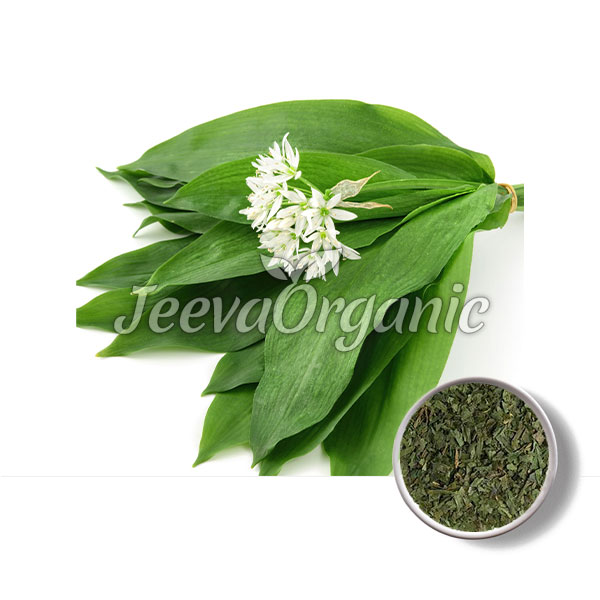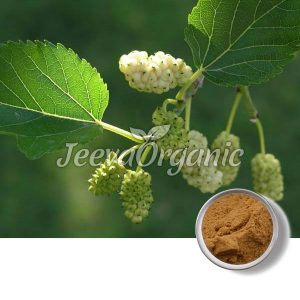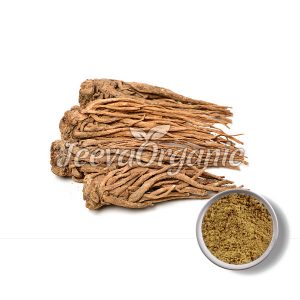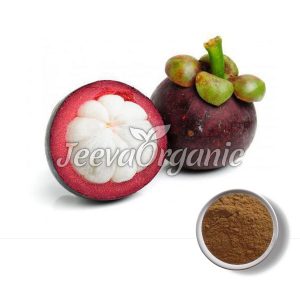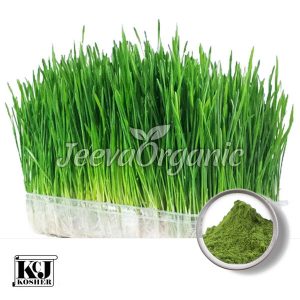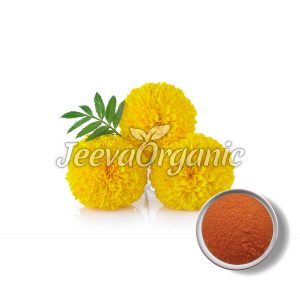- 1. What is the biological source of Wild Bear’s Garlic?The biological source of Wild Bear’s Garlic is Allium ursinum.
- 2. What are the other names of Wild Bear’s Garlic?Wild Bear’s Garlic is also known as wild garlic, ramsons, wild cowleek, cowlic, buckrams, broad-leaved garlic, wood garlic, bear leek, and bear’s garlic.
- 3. What are the nutrients present in Wild Bear’s Garlic?The nutrients present in Wild Bear’s Garlic include glutamyl peptides, sulfoxides, alliin, methiin, isoalliin, propiin, thiosulfinates, ajoene, ferulic, p-hydroxybenzoic, vanillic acid, p-coumaric, steroidal saponnins, palmitic, linoleic, oleic, palmitoleic, stearic, alpha-linolenic, myristic acid, gamma-glutamylpeptides, asparagine, glutamine, aspartic acid, glutamic acid, arginine, alanine, glycine, threonine, magnesium, iron, manganese, and adenosine.
- 4. What is the physical appearance of the product?The Wild Bear’s Garlic Leaf Powder provided by is brown-yellow in colour.
- 5. Are Salmonella and E. coli present in this product?No, Salmonella and E. coli are not present in the Wild Bear’s Garlic Leaf Powder provided by us.
- 6. Is this Wild Bear’s Garlic Leaf Powder BSE/TSE Free?Yes, the Wild Bear’s Garlic Leaf Powder provided by us is free from Bovine Spongiform Encephalopathy (BSE) & Transmissible Spongiform Encephalopathies (TSE).
- 7. What is the Moisture content in this Wild Bear’s Garlic Leaf Powder?The moisture content in our Wild Bear’s Garlic Leaf Powder is below 10%. This offers better control over microbial growth and increases the overall shelf life.
- 8. What does ash value represent in Wild Bear’s Garlic Leaf Powder?Ash value is the residue remaining after the incineration of the drug or plant part. It represents the number of inorganic salts naturally occurring in the ingredient and adhering to it. Ash value greater than 5% is an indicator of the addition of inorganic metal salts in the product.
- 9. Are Garlic and Wild Bear’s Garlic same or different?The botanical name of Garlic is Allium sativum and Wild Bear’s Garlic is Allium ursinum. They both belong to two different types of plants.
Wild Bear’s Garlic Leaf Powder
Botanical Name: Allium ursinum
Plant Part Used: Leaf
Processing Method: Drying, Grinding
Native to northern Europe, wild bear’s garlic is a plant related to chives in the Amaryllidaceae family. It is also widely found in West Asian nations and many regions of the United States. Its aromatic powdered leaves are used as a spice in soups, salads, and butter. Wild bear’s garlic helps to relieve intestinal irritation, remove congestion for improved breathing, and eliminate impurities in the blood.

